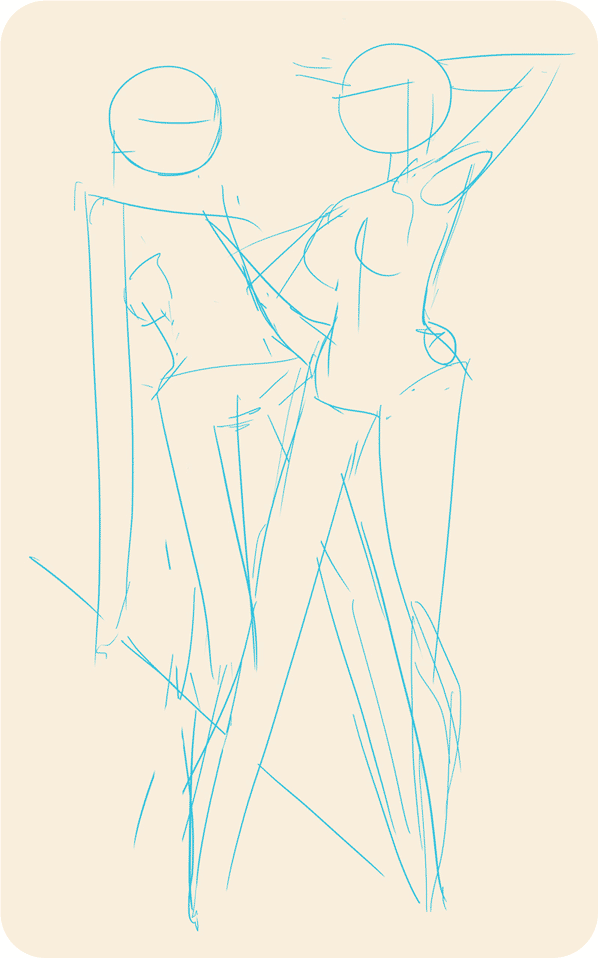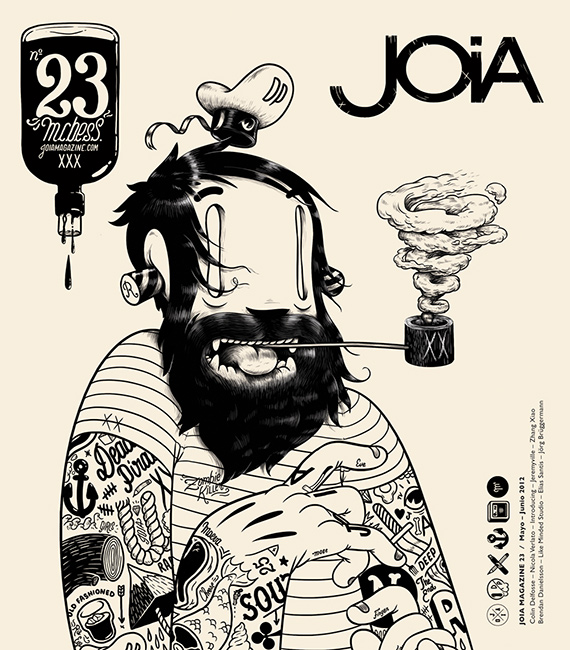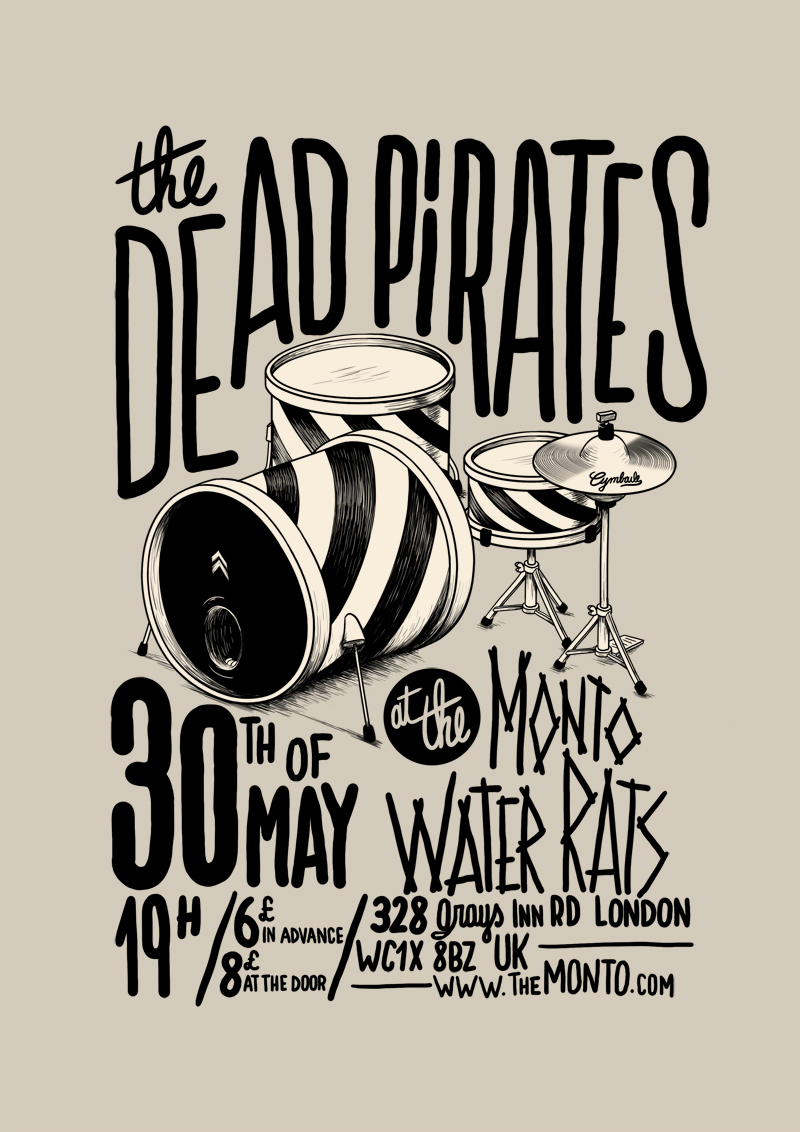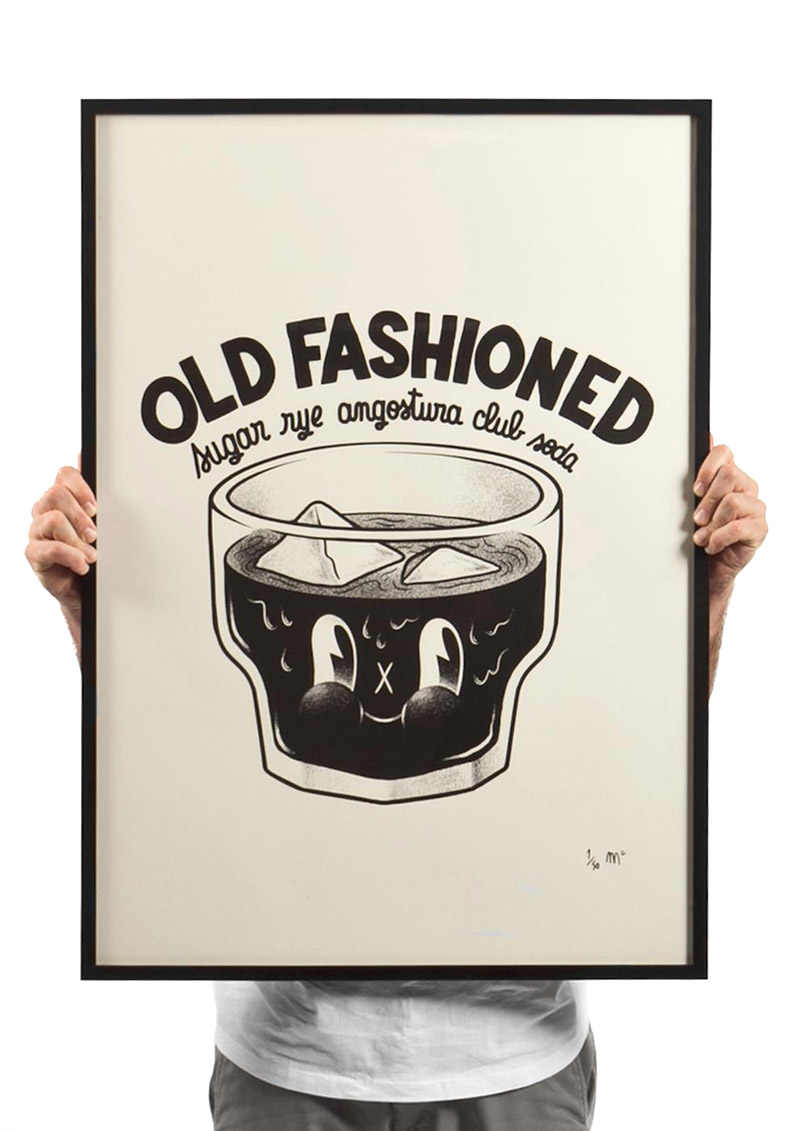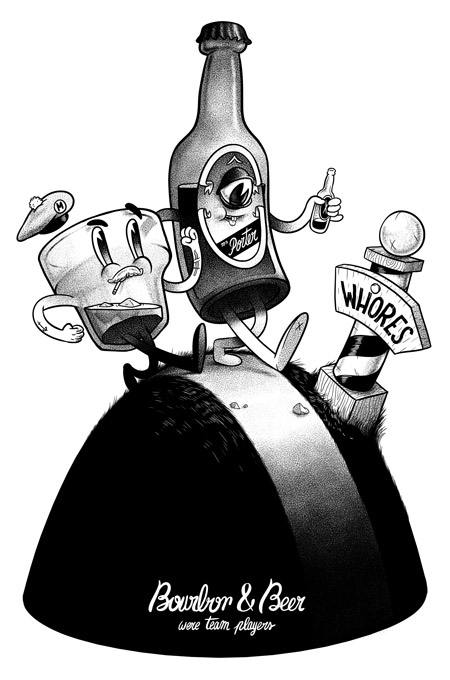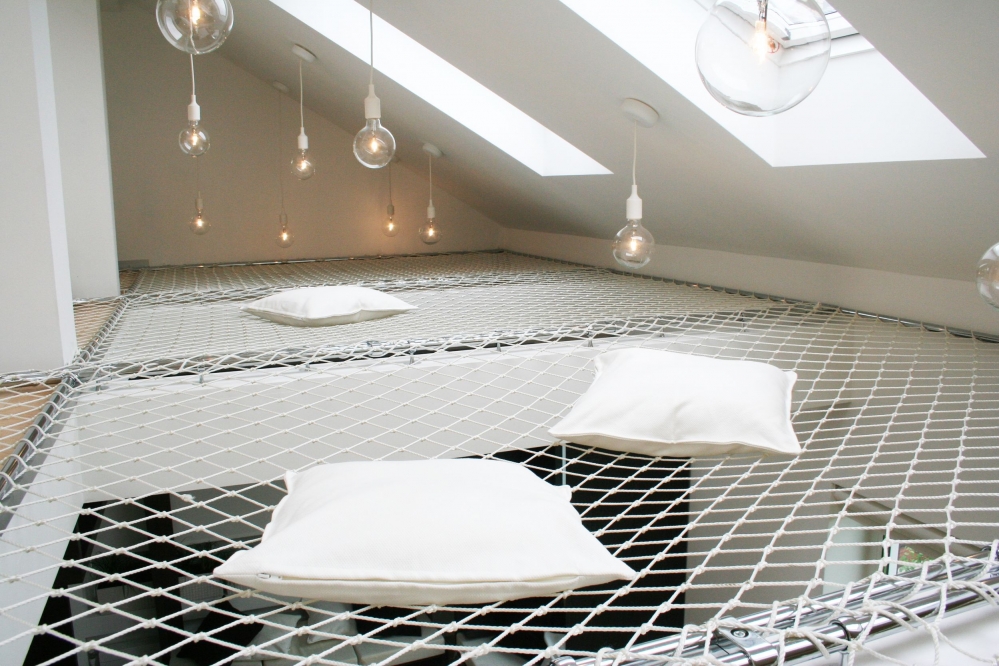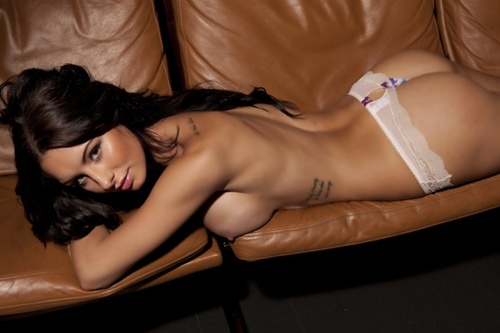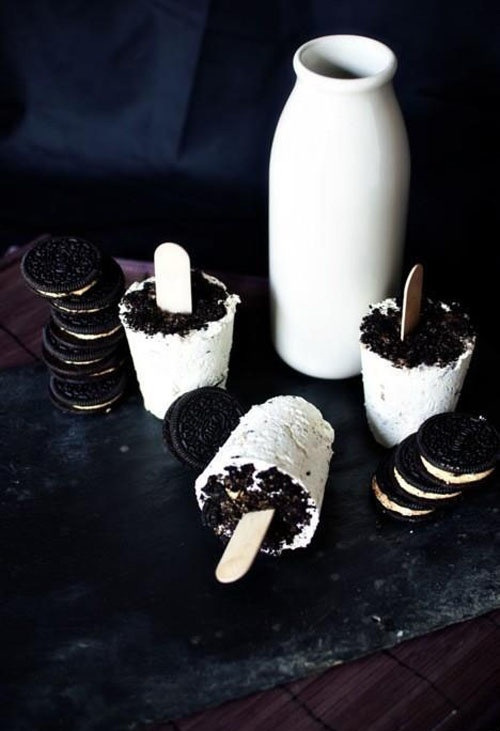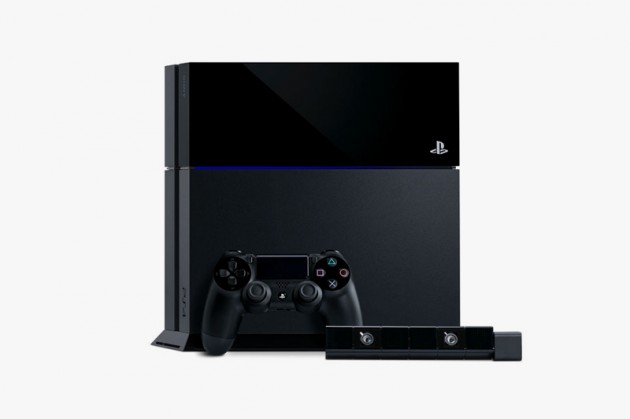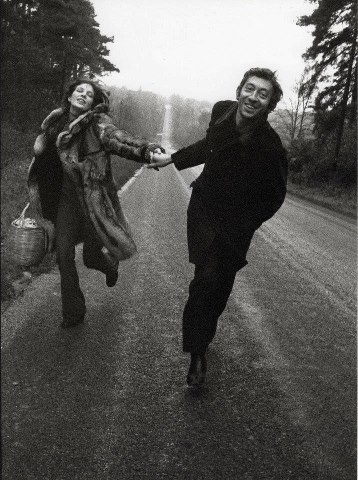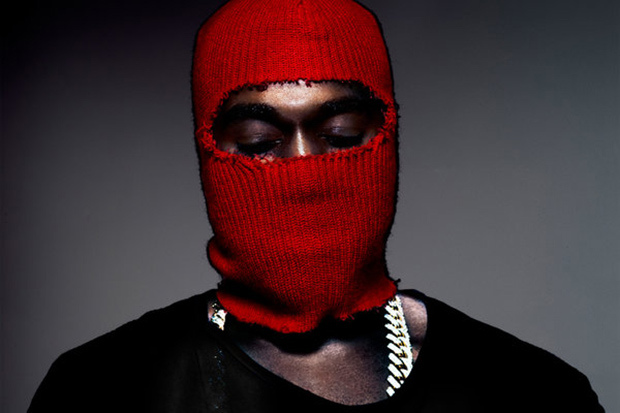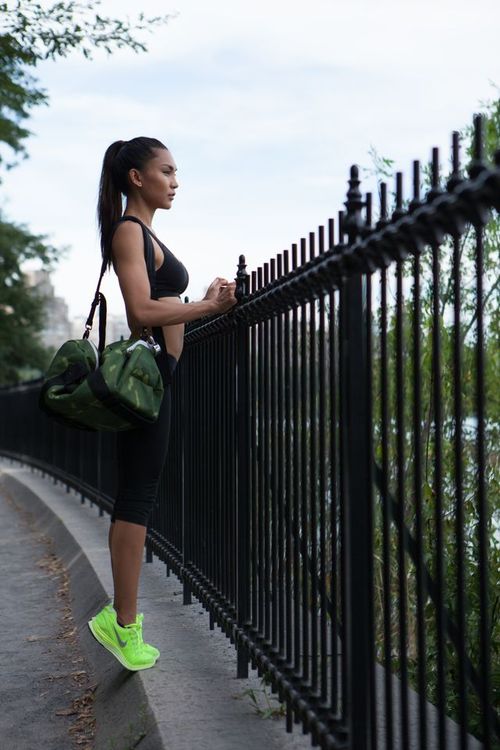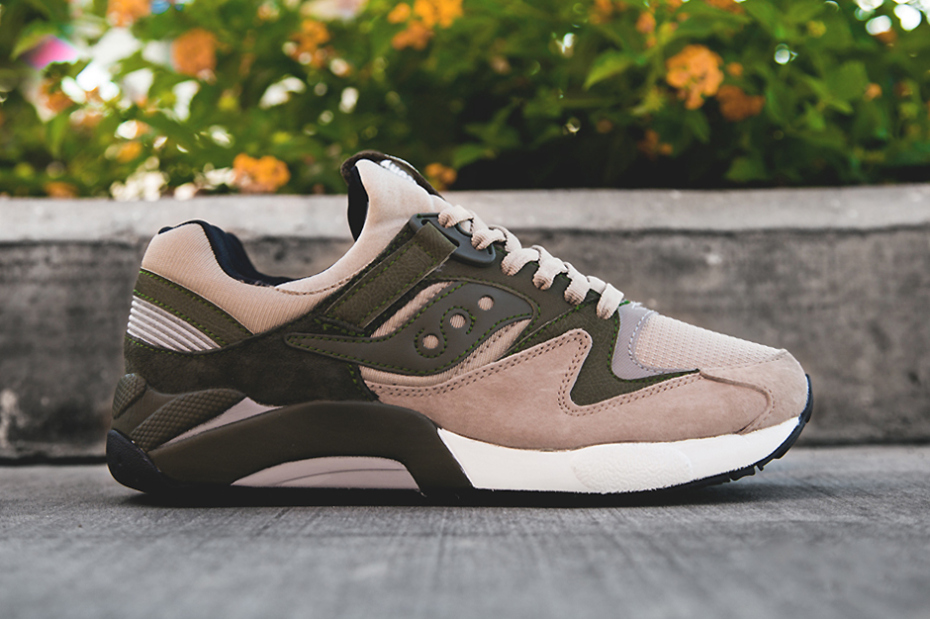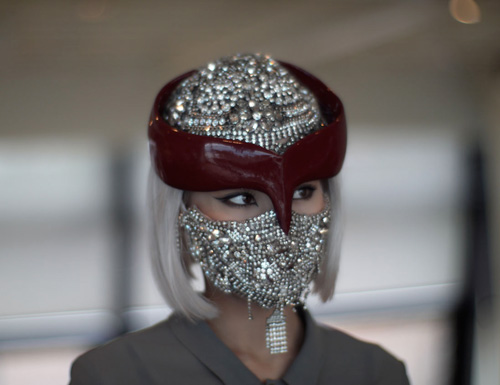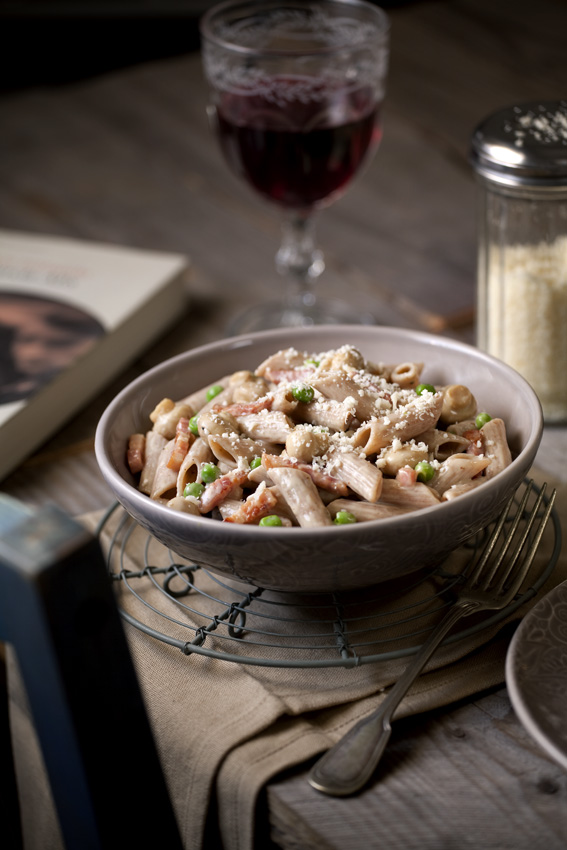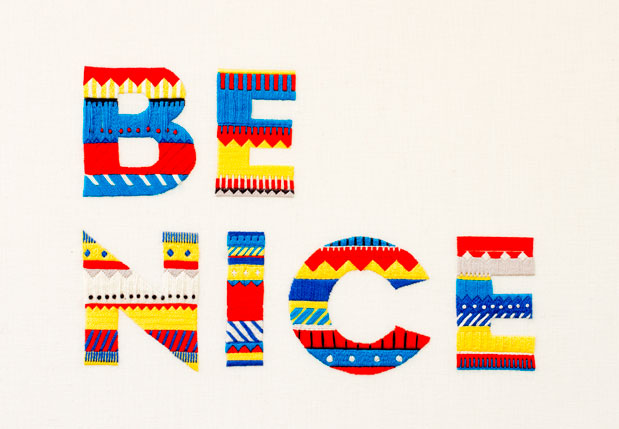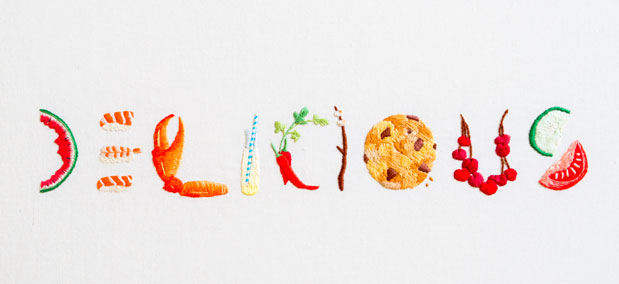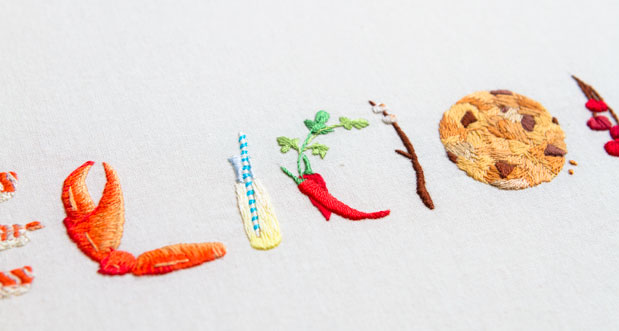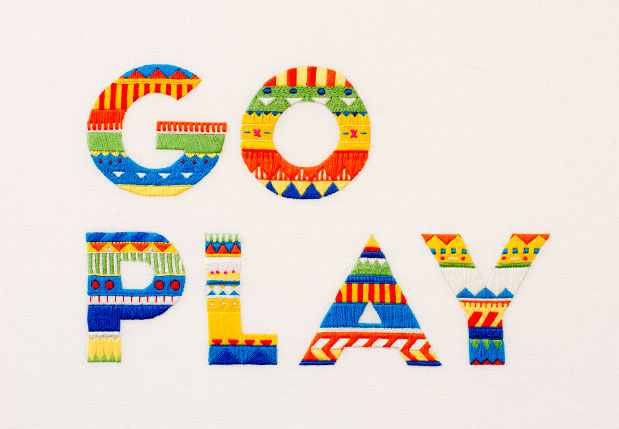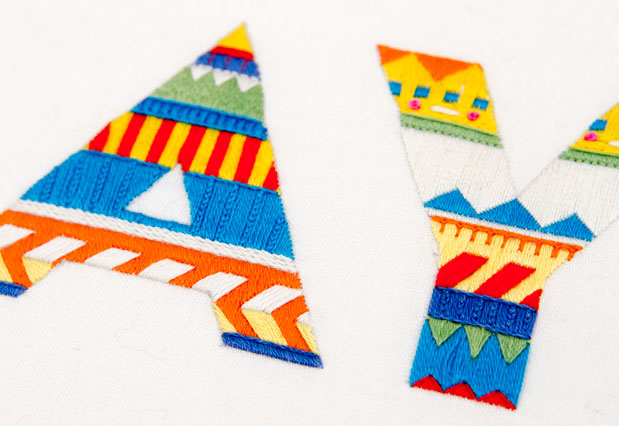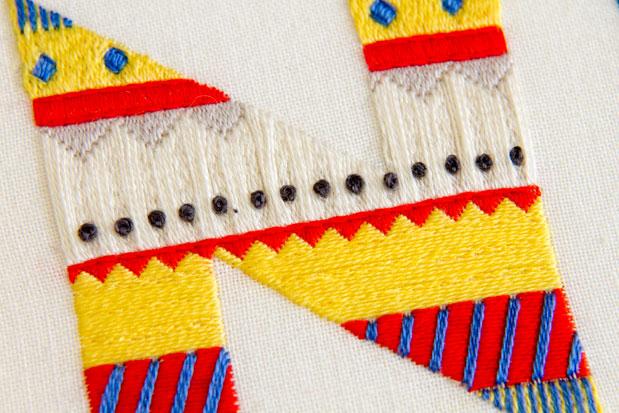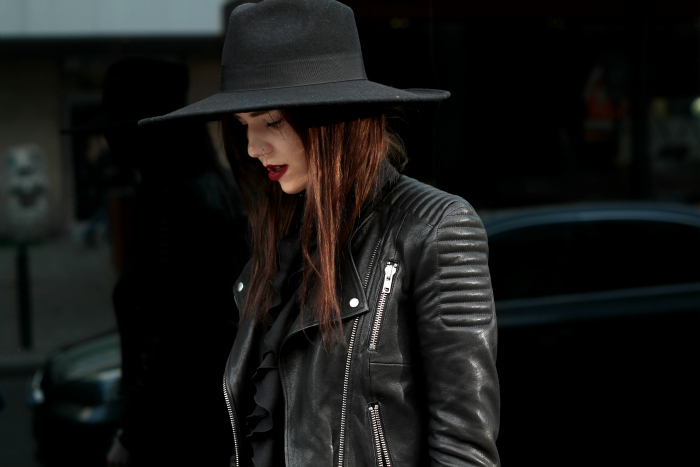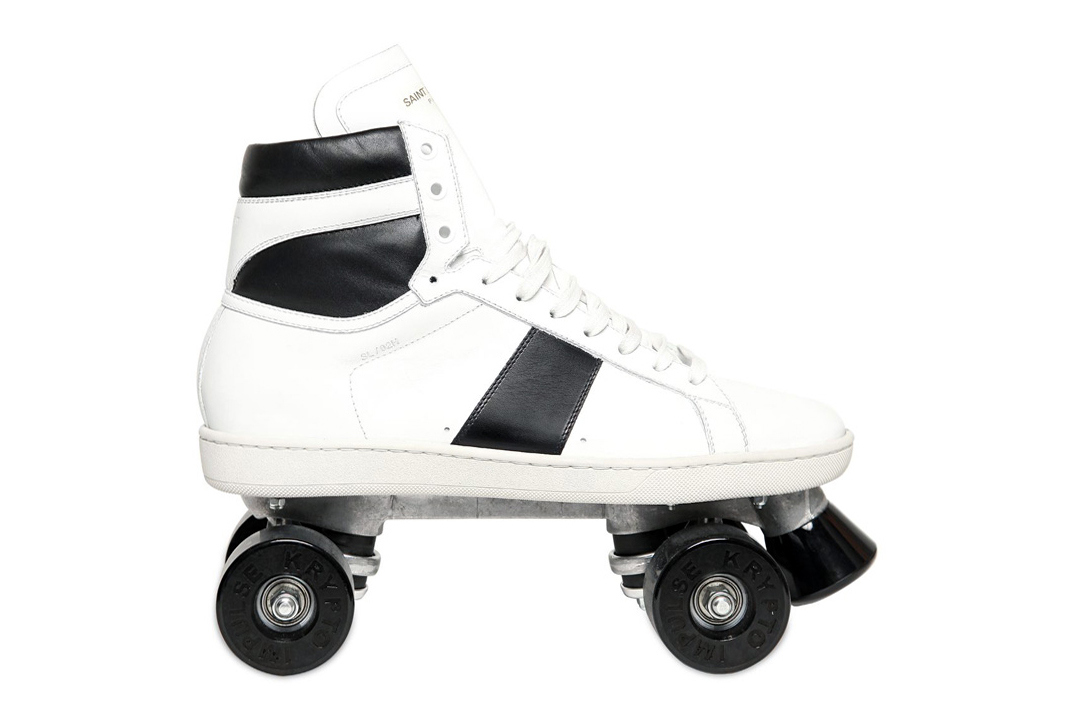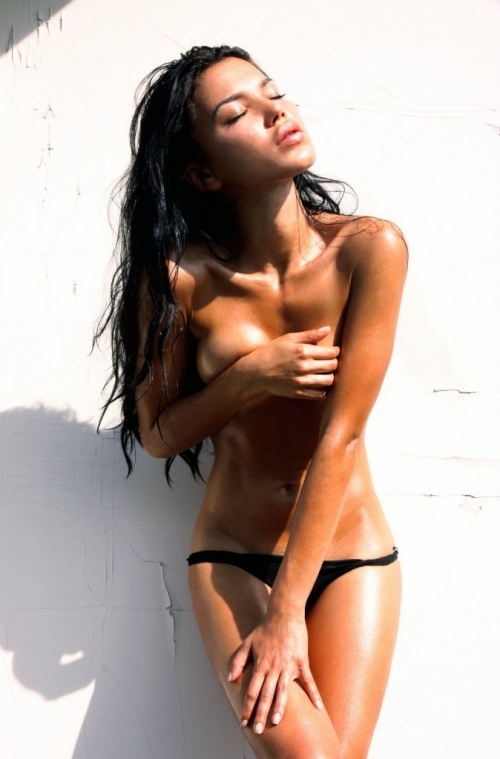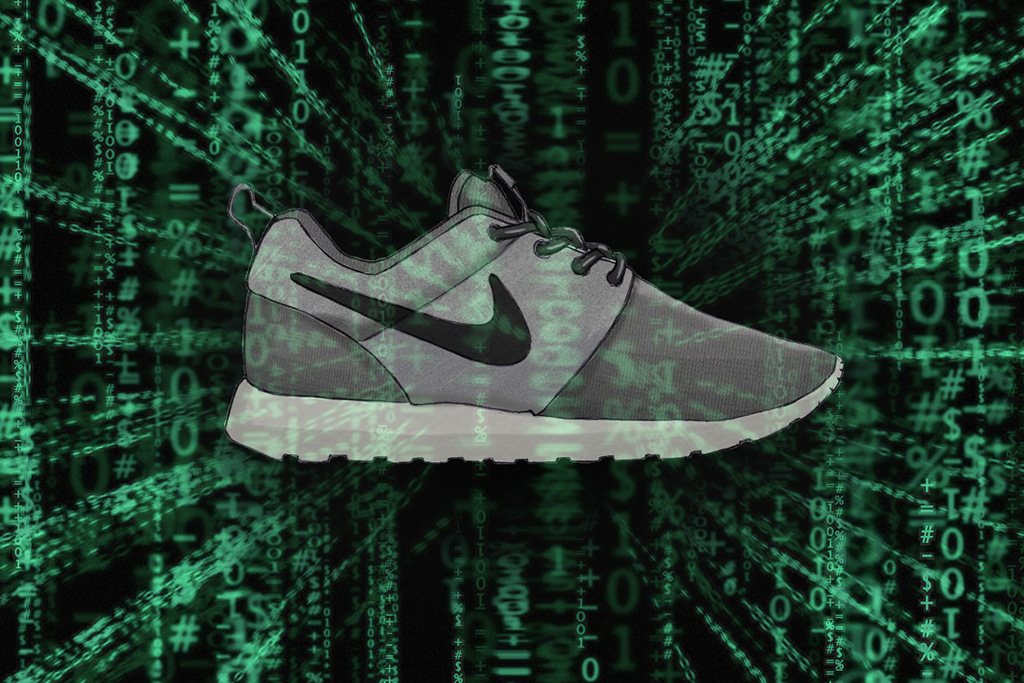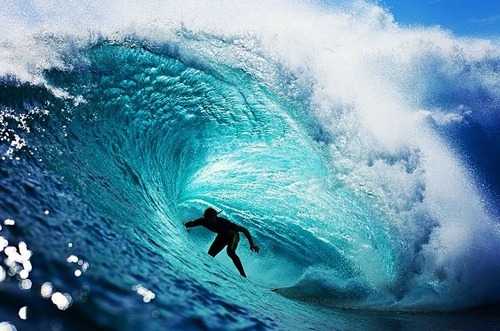Category Archives: PHOTOGRAPHY
McBess Illustrations
Sony Unveils PlayStation 4 at E3 2013
Conference of Cool.
Kanye West Talks His Career & ‘Yeezus’ Album
The New York Times Article –
Malibu, Calif. — From Shangri-la Studio here you can see the Pacific Ocean just over the fence lapping calmly at Zuma Beach. And this compound is just as Zen, with recording equipment set up in various locations, including an old bus and a spotless white house with all the mirrors removed.
But there is no rest at Shangri-la, at least for Kanye West. For several days in late May and early June, he and a rotating group of intimates, collaborators and hangers-on were holed up in service of finishing “Yeezus” (Roc-A-Fella/Def Jam), Mr. West’s sixth solo album, out Tuesday, and one that marks a turn away from his reliable maximalism to something more urgent and visceral.
The original studios were built under the supervision of Bob Dylan and the Band in the 1970s — some of “The Last Waltz” was filmed here — and the property was bought in 2011 by the producer Rick Rubin, the man whose brain Mr. West had come here to pick. Together, they sandpapered off the album’s rough edges, rerecording vocals and sometimes writing entire new verses. Even as the deadline loomed, Mr. West made room for an appearance at the baby shower for his girlfriend, Kim Kardashian, who’s expecting their first child. As the days passed, the songs noticeably morphed, becoming more skeletal and ferocious.
One afternoon, Mr. Rubin exited the studio and declared, to everyone and no one, “It’s un-bee-leave-able what’s happening in there.”
If by that he meant the paring-down to what Mr. West lightheartedly referred to as “aspiration minimalism,” then yes, it was somewhat unbelievable.
Mr. West has had the most sui generis hip-hop career of the last decade. No rapper has embodied hip-hop’s often contradictory impulses of narcissism and social good quite as he has, and no producer has celebrated the lush and the ornate quite as he has. He has spent most of his career in additive mode, figuring out how to make music that’s majestic and thought-provoking and grand-scaled. And he’s also widened the genre’s gates, whether for middle-class values or high-fashion and high-art dreams.
At the same time, he’s been a frequent lightning rod for controversy, a bombastic figure who can count rankling two presidents among his achievements, along with being a reliably dyspeptic presence at award shows (when he attends them).
But Mr. West is, above all, a technician, obsessed with sound, and the music of “Yeezus” — spare, direct and throbbing — is, effectively, a palate cleanser after years of overexertion, backing up lyrics that are among the most serrated and provocative of his career.
In a conversation that spanned several hours over three days, and is excerpted here, the Chicago-raised Mr. West, 36, was similarly forthright, both elliptical and lucid, even as long workdays led to evident fatigue. He compared the current moment — about to release “Yeezus,” and looking to make a bigger footprint in worlds outside of music — to life just before his debut album, “The College Dropout,” from 2004, another time when he was in untested waters. “I want to break the glass ceilings,” he said. “I’m frustrated.”
When your debut album, “The College Dropout” came out, the thing that people began to associate with you besides music was: Here’s someone who’s going to argue for his place in history; like, “Why am I not getting five stars?”
I think you got to make your case. Seventh grade, I wanted to be on the basketball team. I didn’t get on the team, so that summer I practiced. I was on the summer league. My team won the championship; I was the point guard. And then when I went for eighth grade, I practiced and I hit every free throw, every layup, and the next day I looked on this chart, and my name wasn’t on it. I asked the coach what’s up, and they were like, “You’re just not on it.” I was like, “But I hit every shot.” The next year — I was on the junior team when I was a freshman, that’s how good I was. But I wasn’t on my eighth-grade team, because some coach — some Grammy, some reviewer, some fashion person, some blah blah blah — they’re all the same as that coach. Where I didn’t feel that I had a position in eighth grade to scream and say, “Because I hit every one of my shots, I deserve to be on this team!” I’m letting it out on everybody who doesn’t want to give me my credit.
And you know you hit your shots.
Yeah — you put me on the team. So I’m going to use my platform to tell people that they’re not being fair. Anytime I’ve had a big thing that’s ever pierced and cut across the Internet, it was a fight for justice. Justice. And when you say justice, it doesn’t have to be war. Justice could just be clearing a path for people to dream properly. It could be clearing a path to make it fair within the arena that I play. You know, if Michael Jordan can scream at the refs, me as Kanye West, as the Michael Jordan of music, can go and say, “This is wrong.”
You’ve won a lot of Grammys.
“[My Beautiful] Dark [Twisted] Fantasy” and “Watch the Throne”: neither was nominated for Album of the Year, and I made both of those in one year. I don’t know if this is statistically right, but I’m assuming I have the most Grammys of anyone my age, but I haven’t won one against a white person.
But the thing is, I don’t care about the Grammys; I just would like for the statistics to be more accurate.
You want the historical record to be right.
Yeah, I don’t want them to rewrite history right in front of us. At least, not on my clock. I really appreciate the moments that I was able to win rap album of the year or whatever. But after a while, it’s like: “Wait a second; this isn’t fair. This is a setup.” I remember when both Gnarls Barkley and Justin [Timberlake] lost for Album of the Year, and I looked at Justin, and I was like: “Do you want me to go onstage for you? You know, do you want me to fight” —
For you.
For what’s right. I am so credible and so influential and so relevant that I will change things. So when the next little girl that wants to be, you know, a musician and give up her anonymity and her voice to express her talent and bring something special to the world, and it’s time for us to roll out and say, “Did this person have the biggest thing of the year?” — that thing is more fair because I was there.
But has that instinct led you astray? Like the Taylor Swift interruption at the MTV Video Music Awards, things like that.
It’s only led me to complete awesomeness at all times. It’s only led me to awesome truth and awesomeness. Beauty, truth, awesomeness. That’s all it is.
So no regrets?
I don’t have one regret.
Do you believe in the concept of regret?
If anyone’s reading this waiting for some type of full-on, flat apology for anything, they should just stop reading right now.
But that is something that you apologized for.
Yeah, I think that I have like, faltered, you know, as a human. My message isn’t perfectly defined. I have, as a human being, fallen to peer pressure.
So that was a situation in which you gave in to peer pressure to apologize?
Yeah.
So if you had a choice between taking back the original action or taking back the apology, you’d take back the apology?
You know what? I can answer that, but I’m — I’m just — not afraid, but I know that would be such a distraction. It’s such a strong thing, and people have such a strong feeling about it. “Dark Fantasy” was my long, backhanded apology. You know how people give a backhanded compliment? It was a backhanded apology. It was like, all these raps, all these sonic acrobatics. I was like: “Let me show you guys what I can do, and please accept me back. You want to have me on your shelves.”
The Albums
That’s fascinating, to look at that record through that lens.
I don’t have some type of romantic relationship with the public. I’m like, the anti-celebrity, and my music comes from a place of being anti. That was the album where I gave people what they wanted. I don’t think that at that point, with my relationship with the public and with skeptical buyers, that I could’ve done “Black Skinhead” [from “Yeezus]
Does that make “Dark Fantasy” a dishonest album in some way?
It’s always going to be 80 percent, at least, what I want to give, and 20 percent fulfilling a perception. If you walk into an old man’s house, they’re not giving nothing. They’re at 100 percent exactly what they want to do. I would hear stories about Steve Jobs and feel like he was at 100 percent exactly what he wanted to do, but I’m sure even a Steve Jobs has compromised. Even a Rick Owens has compromised. You know, even a Kanye West has compromised. Sometimes you don’t even know when you’re being compromised till after the fact, and that’s what you regret.
I don’t want to come off dissing “Dark Fantasy.” It’s me never being satisfied and then me coming and admitting and saying the truth. As much as I can air things out for other people, to air things out for myself, to say, “I feel like this could’ve been stronger.”
It’s interesting to think of that album as compromise, when it follows “808s & Heartbreak,” which seemed very clearly to be the moment where you’re like, “O.K., forget everything that’s been expected of me.”
Yeah, people asked me to change my name for that album.
Like, label people?
Yeah, different people. They said, “Do it under a different name.” And when it came out, people used to be like, “Man, I wish it had more rapping on it.” But I think the fact that I can’t sing that well is what makes “808s” so special.
A fully trained professional singer couldn’t have done that record. It just wouldn’t have ever come out that way.
Yeah. I love the fact that I’m bad at [things], you know what I’m saying? I’m forever the 35-year-old 5-year-old. I’m forever the 5-year-old of something.
A lot happened between “Graduation” and “808s,” obviously: a lot of struggle, a lot of tough things for you. [Mr. West’s mother died in 2007.]
Creative output, you know, is just pain. I’m going to be cliché for a minute and say that great art comes from pain. But also I’d say a bigger statement than that is: Great art comes from great artists. There’s a bunch of people that are hurt that still couldn’t have made the album that was super-polarizing and redefined the sound of radio.
Do you feel like “808s” is the album of yours that has had the most impact?
There are people who have figured out the exact, you know, Kanye West formula, the mix between “Graduation” and “808s,” and were able to become more successful at it. “Stronger” was the first, like, dance-rap song that resonated to that level, and then “808s” was the first album of that kind, you know? It was the first, like, black new wave album. I didn’t realize I was new wave until this project. Thus my connection with [the graphic designer] Peter Saville, with Raf Simons, with high-end fashion, with minor chords. I hadn’t heard new wave! But I am a black new wave artist.
Was singing always something you wanted to do?
I just dove more into rapping because I had a lot that I wanted to express, and I wasn’t a really, really good singer.
Even though you had always wanted to be out in front, was there ever a point where you valued your anonymity?
Yeah, I held on to the last moments of it. I knew when I wrote the line “light-skinned friend look like Michael Jackson” [from the song “Slow Jamz”] I was going to be a big star. At the time, they used to have the Virgin music [stores], and I would go there and just go up the escalator and say to myself, “I’m soaking in these last moments of anonymity.” I knew I was going to make it this far; I knew that this was going to happen.
But producing happened for you first, especially after Jay-Z used you so heavily on “The Blueprint.”
I used to have tracks that sounded like Timbaland; I had tracks that sounded like [DJ Premier]. But Jay-Z was an amazing communicator that made the soul sound extremely popular. And because I could make the soul sound in my sleep, it finally gave me a platform to put the message that my parents put inside of me and that Dead Prez helped to get out of me and Mos Def and [Talib] Kweli, they helped to get out of me: I was able to put it, sloppily rap it, on top of the platform that Jay-Z had created for me.
Before, when I wanted to rap, my raps sounded like a bit like Cam’ron; they sounded a bit like Mase; they sounded a bit like Jay-Z or whoever. And it wasn’t until I hung out with Dead Prez and understood how to make, you know, raps with a message sound cool that I was able to just write “All Falls Down” in 15 minutes.
Is that true?
Yeah, that’s how I discovered my style. I was just hanging out with them all the time in New York. I would produce for them. You know, I was able to slip past everything with a pink polo, but I am Dead Prez. And now, because I was able to slip past, I have a responsibility at all times.
What were the things that you were trying to do on “Late Registration” that you either did not or could not yet do on “Dropout”?
I was trying to do different things with orchestras. It was just a vibe that I was trying to get at, a sound I was trying to mix with hip-hop to try to see how far I could expand it. I guess that was a Chicago thing, like Quincy Jones.
But you came here, you worked with Jon Brion [the Fiona Apple producer].
I really liked the sound of some projects that Jon Brion had worked on. I was always considered this crazy hothead kid, but I would always just go and just really break bread with someone who I respected. I will completely bow to anybody I respect.
That era also includes what I find probably the most moving thing that you’ve ever done, which is calling out President Bush at the Hurricane Katrina telethon. To me, that moment is actually the peak of putting a message in a pop format, even though it’s not a song.
Yeah. I guess it’s a very pop moment of a lifetime or generation. I mean, my dad’s generation is a generation of messaging, you know? But that’s just a piece of me being the opinionated individual that I am.
Were you conscious that that’s what you were doing, or was it totally just instinct?
Yeah, it was pretty bugged out. When you think about it, I was wearing like, a Juicy Couture men’s polo shirt. We weren’t there, like, ready for war.
I wonder if you see things in a more race-aware way now, later in your career, than you did then. The intensity of the feelings on “Watch the Throne” is much sharper.
No, it’s just being able to articulate yourself better. “All Falls Down” is the same [stuff]. I mean, I am my father’s son. I’m my mother’s child. That’s how I was raised. I am in the lineage of Gil Scott-Heron, great activist-type artists. But I’m also in the lineage of a Miles Davis — you know, that liked nice things also.
On “Throne,” who’s in a darker mood on that record, you or Jay-Z?
I’m always the one that’s in a darker mood. And then also there was still a thing where I didn’t feel comfortable, you know, going out on tour, the this, the that — all that by myself, yet. Like, I needed—
A buffer, kind of.
I needed to connect with Jay.
Part of it was you wanting to have someone standing next to you and say, “He’s cool. Ye’s cool.”
Yeah, even with the kilt on.
Public Versus Private
You look at Jay or Diddy, and I’d say like, 90 percent of the time, you think they’re having a good time. With you, I would say, I don’t know, 50-50 maybe? Or 30-70?
Maybe 90 percent of the time it looks like I’m not having a good time.
But you’re in a very public relationship, a seemingly long and satisfying relationship: you’re about to have a child.
Any woman that you’re in love with or that loves you is going to command a certain amount of, you know, energy. It’s actually easier to focus, in some ways.
When you’re uncertain about love, it can be such a distraction. It infects all the other areas.
Yeah, that’s what I mean when I say like, “Yo, I’m going to be super Zenned out like, five years from now.” I’m the type of rock star that likes to have a girlfriend, you know? I’m the type of soul that likes to be in love and likes to be able to focus. And that inspires me.
On “Keeping Up With the Kardashians,” there’s a really affectionate scene where you go and help Kim sort through her clothes.
That was from a place of love. It’s hard when people read things in a lot of different ways. You know, the amount of backlash I got from it is when I decided to not be on the show anymore. And it’s not that I have an issue with the show; I just have an issue with the amount of backlash that I get. Because I just see like, an amazing person that I’m in love with that I want to help.
Did you think differently about family after your mother passed?
Yeah, because my mother was — you know, I have family, but I was with my mother 80 percent of the time. My mom was basically — [pause]
Was your family.
Yeah, that’s all I have to say about that.
What thoughts do you have about parenthood?
That is a really interesting, powerful question. One of the things was just to be protective, that I would do anything to protect my child or my child’s mother. As simple as that.
Have you ever felt as fiercely protective over anything as you are feeling now about those things?
I don’t want to explain too much into what my thoughts on, you know, fatherhood are, because I’ve not fully developed those thoughts yet. I don’t have a kid yet.
You haven’t experienced it yet.
Yeah. Well, I just don’t want to talk to America about my family. Like, this is my baby. This isn’t America’s baby.
Birthing ‘Yeezus’
One of the things I thought when I heard the new record was, “This is the anti-‘College Dropout.’ ” It feels like you’re shedding skin. Back then, you were like: “I want more sounds. I want more complicated raps. I want all the things.” At what point did that change?
Architecture — you know, this one Corbusier lamp was like, my greatest inspiration. I lived in Paris in this loft space and recorded in my living room, and it just had the worst acoustics possible, but also the songs had to be super simple, because if you turned up some complicated sound and a track with too much bass, it’s not going to work in that space. This is earlier this year. I would go to museums and just like, the Louvre would have a furniture exhibit, and I visited it like, five times, even privately. And I would go see actual Corbusier homes in real life and just talk about, you know, why did they design it? They did like, the biggest glass panes that had ever been done. Like I say, I’m a minimalist in a rapper’s body. It’s cool to bring all those vibes and then eventually come back to Rick [Rubin], because I would always think about Def Jam.
His records did used to say “reduced by Rick Rubin.”
For him, it’s really just inside of him. I’m still just a kid learning about minimalism, and he’s a master of it. It’s just really such a blessing, to be able to work with him. I want to say that after working with Rick, it humbled me to realize why I hadn’t — even though I produced “Watch the Throne”; even though I produced “Dark Fantasy” — why I hadn’t won Album of the Year yet.
This album is moments that I haven’t done before, like just my voice and drums. What people call a rant — but put it next to just a drumbeat, and it cuts to the level of, like, Run-D.M.C. or KRS-One. The last record I can remember — and I’m going to name records that you’ll think are cheesy — but like, J-Kwon, “Tipsy.” People would think that’s like a lower-quality, less intellectual form of hip-hop, but that’s always my No. 1. There’s no opera sounds on this new album, you know what I mean? It’s just like, super low-bit. I’m still, like, slightly a snob, but I completely removed my snob heaven songs; I just removed them altogether.
On this album, the way that it emphasizes bass and texture, you’re privileging the body, and that’s not snobby.
Yeah, it’s like trap and drill and house. I knew that I wanted to have a deep Chicago influence on this album, and I would listen to like, old Chicago house. I think that even “Black Skinhead” could border on house, “On Sight” sounds like acid house, and then “I Am a God” obviously sounds, like, super house.
Visceral.
Yeah, visceral, tribal. I’m just trying to cut away all the — you know, it’s even like what we talk about with clothing and fashion, that sometimes all that gets in the way. You even see the way I dress now is so super straight.
Does it take you less time to get dressed now than it did five years ago?
Hell, yeah.
You look at your outfits from five or seven years ago, and it’s like —
Yeah, kill self. That’s all I have to say. Kill self.
One of the things that you’ve thrived on over the years is sort of a self-conception as an outsider, that you’re fighting your way in. Do you still, in this moment, feel like that?
No, I don’t think I feel like that anymore. I feel like I don’t want to be inside anymore. Like, I uninvited myself.
What changed?
I think just more actual self-realization and self-belief. The longer your ‘gevity is, the more confidence you build. The idea of Kanye and vanity are like, synonymous. But I’ve put myself in a lot of places where a vain person wouldn’t put themselves in. Like what’s vanity about wearing a kilt?
But there’s vanity in fashion. You make clothes, but some people think it’s a vanity project, that you don’t take it seriously.
But the passion is for humanity. The passion is for people. The passion is for the 18-year-old version of myself. The passion is for the kids at my shows. I need to do more. I need to be able to give people more of what they want that currently is behind a glass. I don’t believe that it’s luxury to go into a store and not be able to afford something. I believe luxury is to be able to go into a store and be able to afford something.
I sat down with a clothing guy that I won’t mention, but hopefully if he reads this article, he knows it’s him and knows that out of respect, I didn’t mention his name: this guy, he questioned me before I left his office:, “If you’ve done this, this, and this, why haven’t you gone further in fashion?” And I say, “I’m learning.” But ultimately, this guy that was talking to me doesn’t make Christmas presents, meaning that nobody was asking for his [stuff] as a Christmas present. If you don’t make Christmas presents, meaning making something that’s so emotionally connected to people, don’t talk to me.
But at the same time, this feels like the Grammy conversation, because what I keep thinking is: the people whose hands you’re trying to shake, they may control certain corridors of power, but those aren’t even the relevant corridors of power anymore.
I’m a professional musician because I have the structure of Universal Records. I’m a professional creative. Since I did the Louis Vuitton sneaker, I’ve never been allowed to be in a continually creative structured place that makes product. I’ve had meetings where a guy actually told me, “What we’re trying to figure out is how we can control you.” In the meeting, to me! Why do you want to control me? Like, I want the world to be better! All I want is positive! All I want is dopeness! Why would you want to control that?
That’s why I said “I throw these Maybach keys” [in the new song “New Slaves”]. I would rather sit in a factory than sit in a Maybach.
I want to tell people, “I can create more for this world, and I’ve hit the glass ceiling.” If I don’t scream, if I don’t say something, then no one’s going to say anything, you know? So I come to them and say, “Dude, talk to me! Respect me!”
Respect my trendsetting.
Yeah, respect my trendsetting abilities. Once that happens, everyone wins. The world wins; fresh kids win; creatives win; the company wins.
I think what Kanye West is going to mean is something similar to what Steve Jobs means. I am undoubtedly, you know, Steve of Internet, downtown, fashion, culture. Period. By a long jump. I honestly feel that because Steve has passed, you know, it’s like when Biggie passed and Jay-Z was allowed to become Jay-Z.
I’ve been connected to the most culturally important albums of the past four years, the most influential artists of the past ten years. You have like, Steve Jobs, Walt Disney, Henry Ford, Howard Hughes, Nicolas Ghesquière, Anna Wintour, David Stern.
I think that’s a responsibility that I have, to push possibilities, to show people: “This is the level that things could be at.” So when you get something that has the name Kanye West on it, it’s supposed to be pushing the furthest possibilities. I will be the leader of a company that ends up being worth billions of dollars, because I got the answers. I understand culture. I am the nucleus.
{ WEDGE } Dark & Stormy
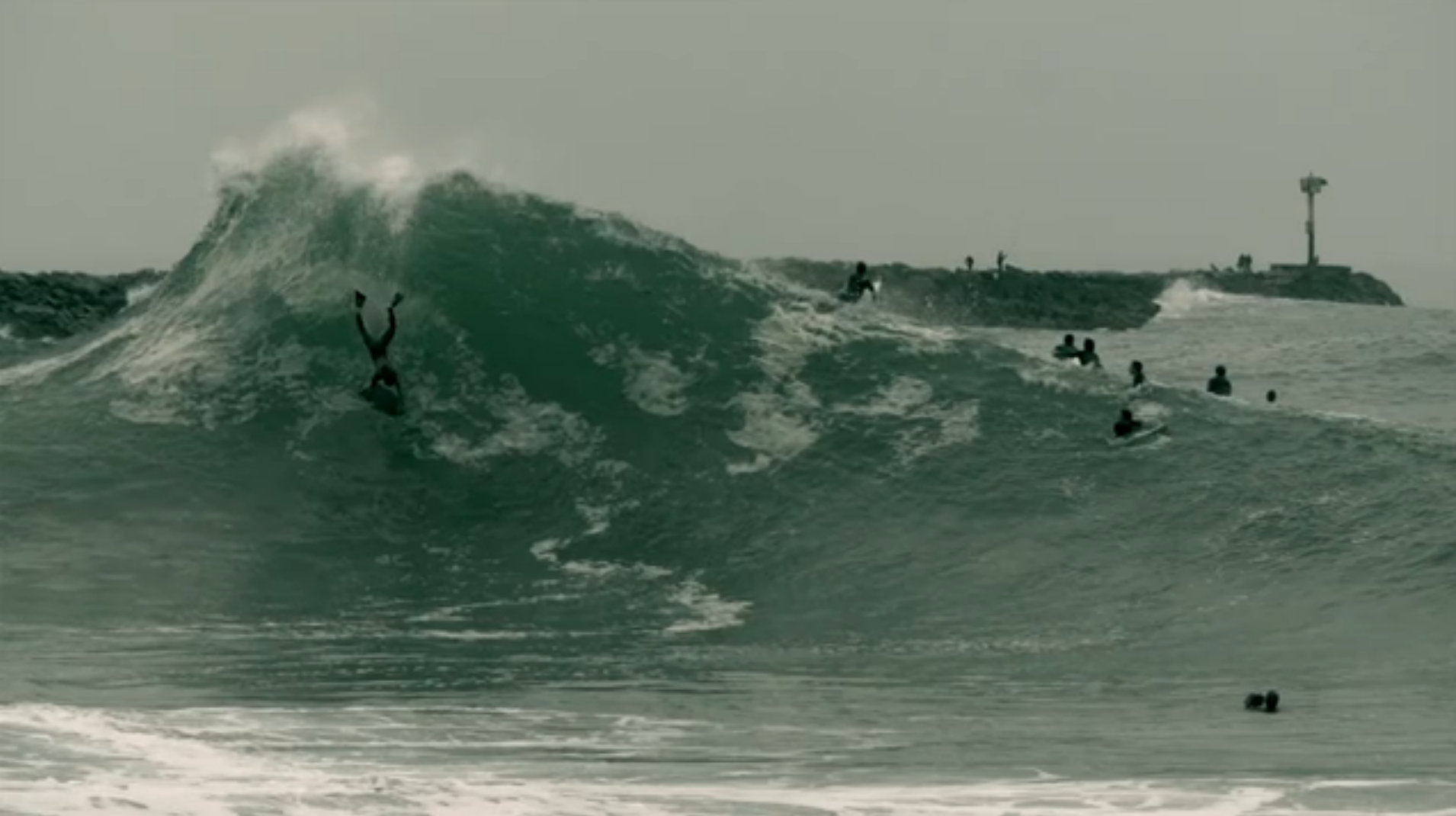
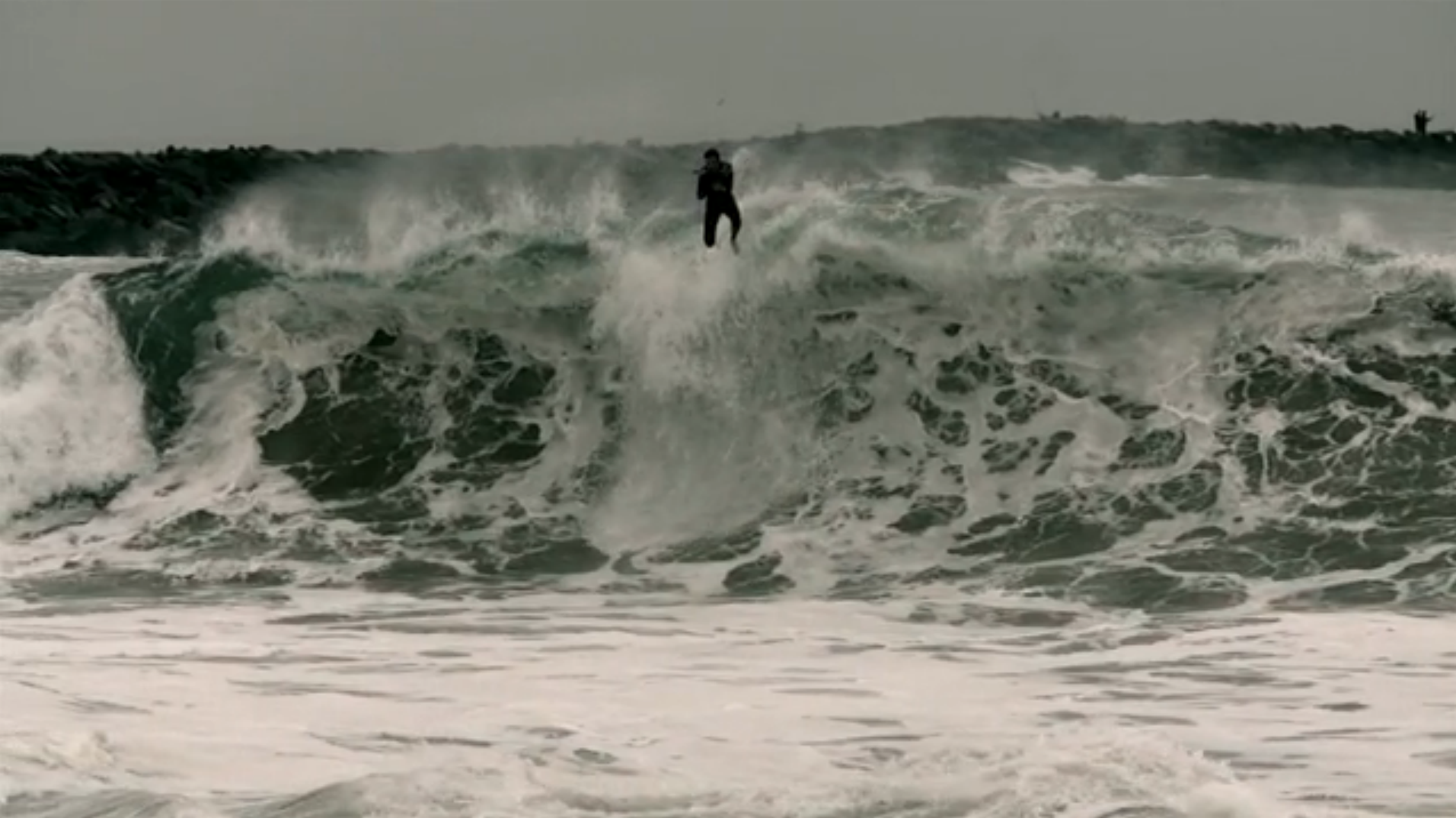
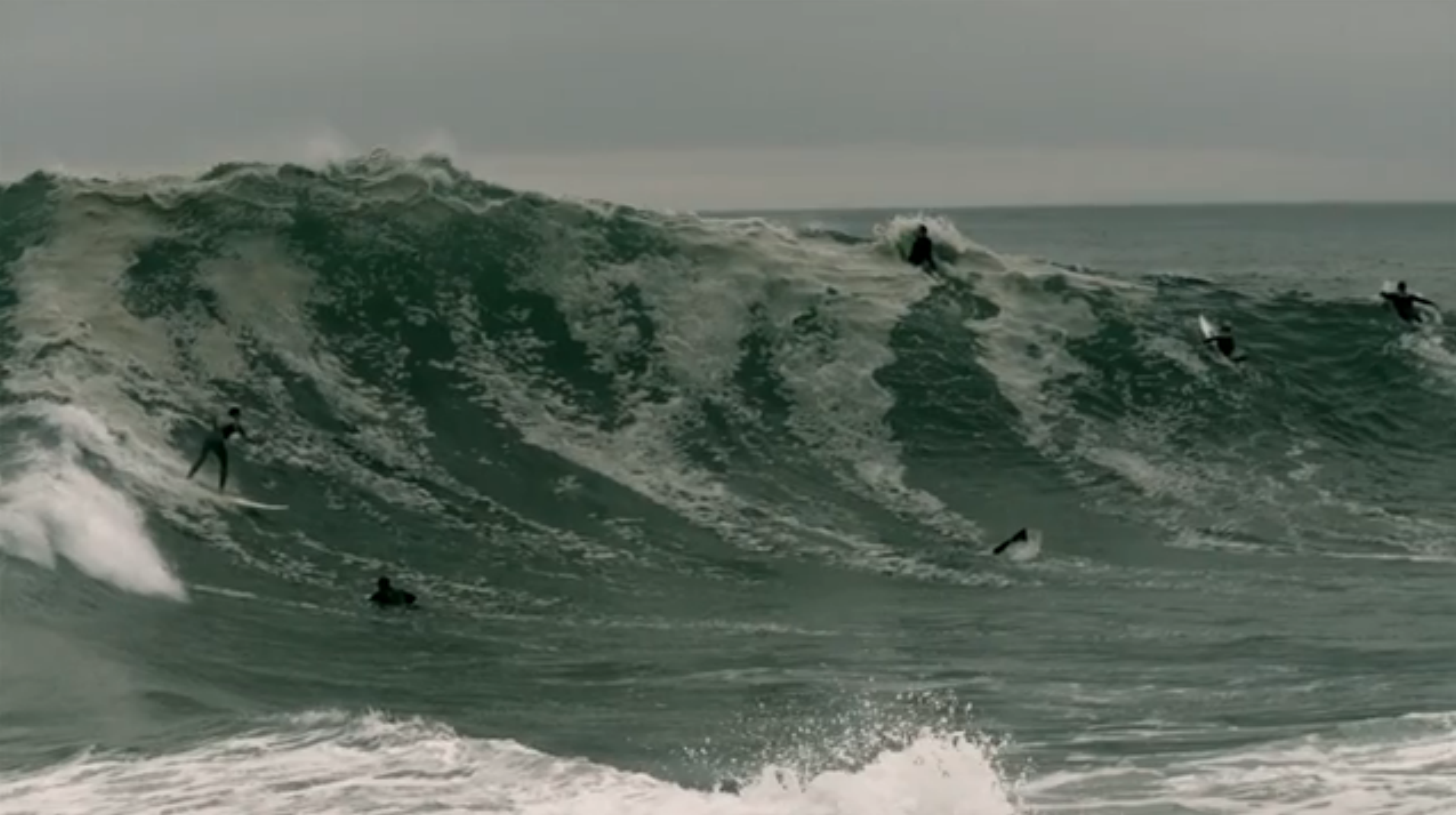
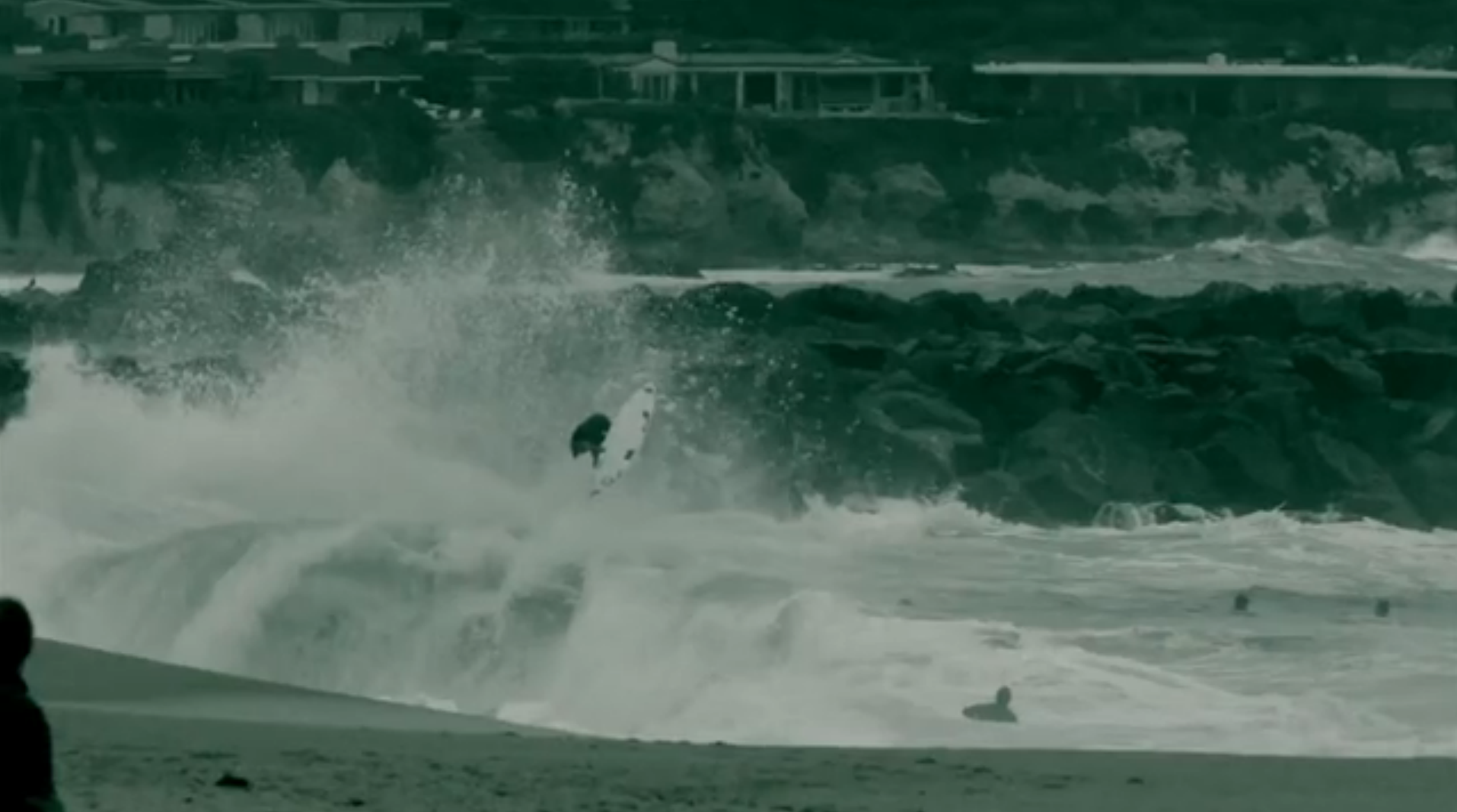
{ WEDGE } from Brecht Vanthof on Vimeo.
Dark & Stormy.
A break in Newport Beach CA that is known to be deadly.
Special thanks to the guys in the water! and Pat Simes
Tunes: Black Rebel Motorcycle Club- “Beat the Devil’s Tattoo”
Shot on a Sony fs700.
Edited in Premiere, colored in Davinci Resolve.
Hand-Stitched Designs by Maricor/Maricar
Makers of Things assorted. Embroidered illustrations, lettering, animation & design. And sometimes all at the same time. Represented by Jacky Winter in Australia and worldwide by Handsome Frank Illustration Agency.
SKATE Hong Kong with Chris Bradley
This week, Chris Bradley, Walker Ryan, Seb Batty, Brian Siswojo, Piet Guilfoyle & crew give you a personal skate tour of Hong Kong.
Every other Thursday, street skaters take you on a personal tour of the their favorite cities to SKATE. You’ll discover some of the best skate, chill, gear, food, and beer spots as you get the vibe of a new city.
Saint Laurent 2013 Fall/Winter Rollerskates
Classic black & white leather high top attached to a pair of Krypto Impulse wheels. Look for the skates on LUISAVIAROMA, as they are available to pre-order now for $1,150 USD ahead of a September 30 delivery.
3 Ways Big Data is Changing Fashion
Hypebeast Article –
Numbers are becoming as valuable an ally as mentors or critics are to fashion designers.
One example of a successful, crowdsourced set of opinions is fashion startup Go Try it On. The appeal of shopping at retailers still exists because there are tactile nuances that are difficult to imagine or visualize without having tried the item on. Unfortunately, it’s not always possible to go shopping with friends; this is where users of Go Try it On will chime in and give you their opinion of how you look in that article of clothing.
From a business angle, fashion companies are already figuring out clever ways to use data to grow. For example, fashion startup Everlanesuccessfully crowdfunded their expansion into Canada in order to confirm demand and gain capital.
We’re watching fashion designers make the transition from relying purely on taste and intuition to a mixing the two with business intelligence. Companies can now simply track consumer behavior or reactions to their new items, and figure out whether or not they want to bet big on a certain line. This is made possible by the development and accessibility of big data tools.
For the uninitiated, big data is when data is too difficult to track by hand, so software is enlisted to process the information. Often times, data can’t be neatly captured and entered into a spreadsheet. Data has long since been used by forecasters, such as WSGN and Stylesight; some of their clients include United Colors of Benneton, H&M, Puma, Prada, Nordstrom, Bulgari, Uniqlo, and Diesel.
Now, with big data growing more available and with different types of information being measured, designers can reap the new benefits of access to this information.
Identifying Demands more Accurately
Previously, the fashion industry was a pain for independent designers, manufacturers, and startups. Imagine this: every season, independent designers have to churn out a few sets of new garments. In a previous life, InteraXon co-founder Ariel Garten was a fashion designer; she once explained in an interview, the moment you factor in the many different variables (such as colors, styles, and sizes), you’ve easily got 20 variants of the same item that all need to be produced in a short time period.
Because smaller independent designers don’t (typically) have much leverage with retailers, they would typically sell on consignment. At the end of the season, these designers would have to take back any goods that were not sold through the retailer — which would be a waste of both labour and resources, as they are out of season.
Data collectors such as Bodymetrics are starting taking into account individuals’ sizes and body measurements, which means both designers and retailers can figure out approximate demands and create variants accordingly. Because they have the data on which sizes are most popular, they can consider this in their production process and minimize the amount of leftover goods.
Similarly, fashion startup EDITD collects data and makes forecasts in order to help designers and retailers make better decisions. Its service has a variety of sources; for example, it is one of many services that keeps its finger on social media in order to figure out consumer sentiments. This is an essential part of the feedback loop that few designers have gained true insight into, as they’ve had no option other than to rely on intuition and experience.
Gauge Fashion Design Reactions
The activity of public relations is difficult enough to gauge; media exposure in gross impressions, attitude change, or which messages were most spread the most and whether they aligned with the company’s intended marketing message. With fashion, it becomes slightly more complicated: What happens after a fashion show or an event? How is success measured?
In addition to the previously mentioned EDITD, a few newer fashion services (such as Fashionbi) allow fashion brands to gauge not only the commentary they see in expert or critic reviews from newspapers, but also the rest of the stuff that’s streaming across the blogosphere and social media.
Fashionbi specifically features a user-friendly dashboard format that can break data down into country-by-country analysis and period-specific analyses. More importantly, it presents harder quantitative data, which can be a valuable resource. The opinion of specific critics, who may not reflect the thoughts of the general public, is weighed less heavily. Tools like Fashionbi also enable designers, and larger companies, to figure out very quickly and conveniently what’s popular in certain locations with as few meetings and bureaucracy as possible. Designers can now better gauge which articles of clothing gain a more favorable reaction by which influencers or users, and style accordingly.
Creating a Better Retail Experience
Burberry’s famously digital flagship store was the first step in introducing big data into the retail environment. Not only does the technology create a more exciting and visually stimulating environment, it also allows Burberry employees to create a deeper level of service for customers. Specific items are tagged with RFID chips; these chips trigger interactive videos showing complementary items or the craftsmanship of the product in store mirrors. Mobile devices (iPads, to be specific) are used to make sales and avoid line-ups or any congestion.
For example, any employee at any Burberry store equipped with this technology can identify a customer, at almost the moment they walk in. (Scary, right?) They don’t just greet you by name, but also could inquire into whether your girlfriend liked the umbrella you bought her a couple of weeks ago. This is because, according to Forbes, Burberry ties the information it collects from store tills and iPads, and connects it with shoppers’ social media profiles. The information is then cross referenced, and forms an extremely comprehensive customer profile.
At the end of the day, where other designers are looking for big data to improve product development and manufacturing, Burberry is also using big data to enhance its social media — and to step up its customer engagement. They extend the conversation with their customers just a little bit longer; instead of getting left with a peck on the cheek on the front door, they get an invitation for coffee. That’s not to say it doesn’t leverage big data for product enhancement — they recently embarked on a campaign where the company integrates a customer’s mobile device into personalizing a product, through reading the data.
“Computing can never replace human creativity, but designers and buyers should always keep their eye on the data — there’s nothing more satisfying than creating a best-seller,” writes Vikram Alexei Kansara. It’s possible to view data as a crutch, or a distraction from developing designers’ intuitions and expressions. Conversely, it’s also difficult to ignore the opportunities that big data holds. Big data is quickly changing fashion as we know it, and it can become a powerful tool, and catalyst, for young designers to continue experimenting and pushing the envelope with. In reference to the Nike Roshe Run at the top, can you imagine a time when footwear design will come strictly at the hands of statistics rather than intuition?


